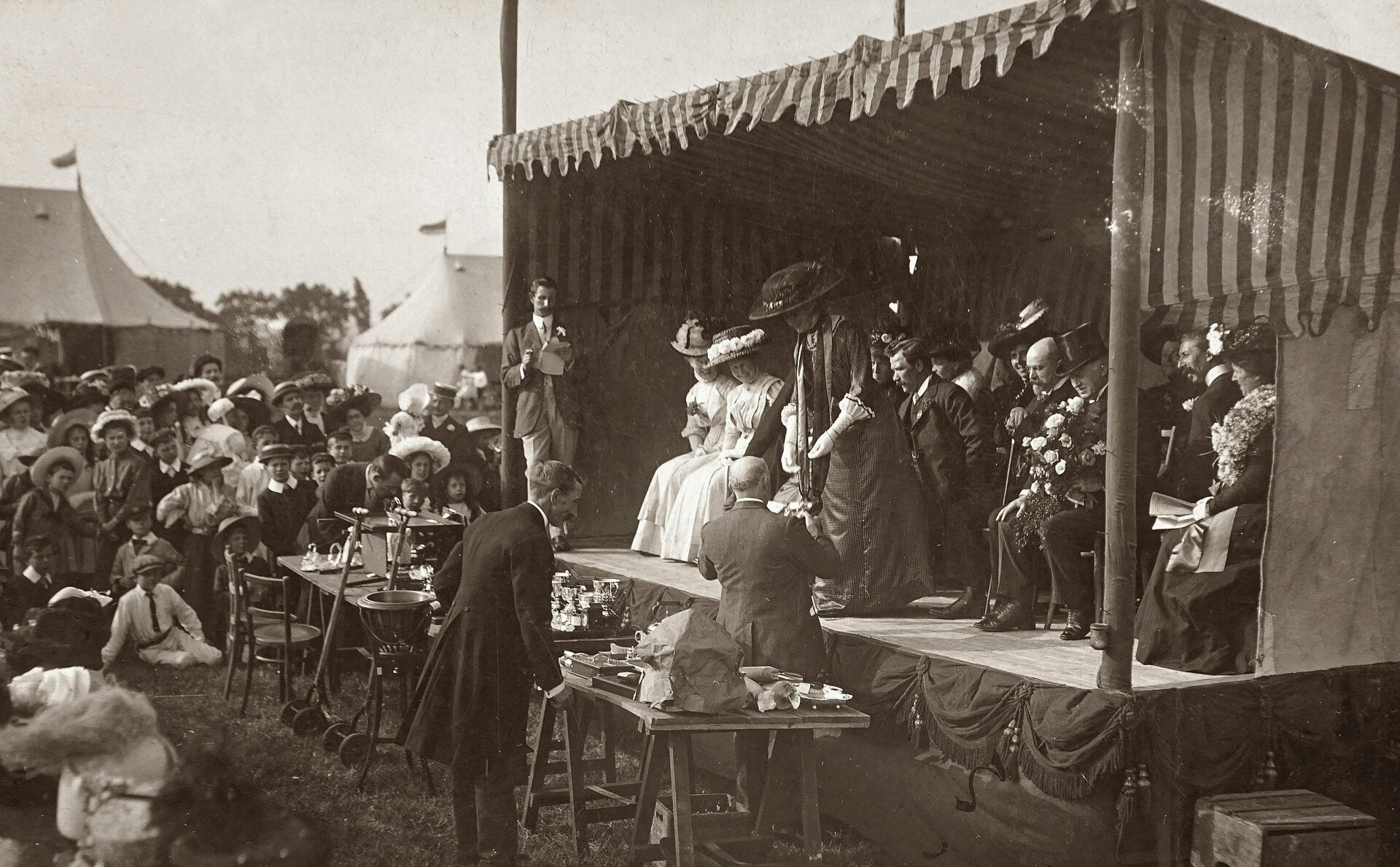Bollet, A. J. (2002). Civil War medicine: Challenges and triumphs. Galen Press.
Gabriel, K. (2011). Healers or horrors: Civil War medicine. Warfare History Network. https://warfarehistorynetwork.com/article/healers-or-horros-civil-war-medicine/
Goniewicz, K., Burkle, F. M., Horne, S., Borowska-Stefańska, M., Wiśniewski, S., & Khorram-Manesh, A. (2021). The influence of war and conflict on infectious disease: A rapid review of historical lessons we have yet to learn. Sustainability, 13(19), 10783. https://doi.org/10.3390/su131910783
Library of Congress. (n.d.). Clara Barton Papers: Letter page. Manuscript Division. https://www.loc.gov/resource/mss19224.00309/
Library of Congress. (n.d.). Civil War ambulance corps, wounded soldiers being loaded for transport. Civil War Photograph Collection. https://www.loc.gov
Library of Congress. (n.d.). General hospital encampment photograph. Civil War Photograph Collection. https://www.loc.gov
National Museum of Civil War Medicine. (n.d.). Chloroform tin. Civil War on the Western Border. https://civilwaronthewesternborder.org/national-museum-civil-war-medicine/chloroform-tin
Reilly, R. F. (2016). Medical and surgical care during the American Civil War, 1861–1865. Baylor University Medical Center Proceedings, 29(2), 138–142. https://doi.org/10.1080/08998280.2016.11929390
Thompson, H. (2015, June 17). Six ways the Civil War changed American medicine. Smithsonian Magazine. https://www.smithsonianmag.com/science-nature/six-ways-civil-war-changed-american-medicine-180955626/
Wynn, J. (2017, February 12). “Don’t be afraid boys” – Evacuating the wounded. National Museum of Civil War Medicine. https://www.civilwarmed.org/evacuation/
National Museum of Civil War Medicine. “Primary Sources: Letterman, Evacuation and Ambulances.” CivilWarMed.org. Accessed October 11, 2025. https://www.civilwarmed.org/explore/bibs/evac/?utm_source
“Following the Rear: Travails of the Union Army’s Ambulance Corps.” Circulating Now, National Library of Medicine. Posted August 2, 2019. Accessed October 11, 2025.https://circulatingnow.nlm.nih.gov/2019/08/02/following-the-rear-travails-of-the-union-armys-ambulance-corps/?utm_source
Schwalm, Leslie A. Medicine, Science, and Making Race in Civil War America. London: Routledge, 2023. https://library.oapen.org/handle/20.500.12657/76874?utm_source
“Anesthesia in the Civil War.” CivilWarMed.org. January 22, 2017. Accessed October 11, 2025. https://www.civilwarmed.org/anesthesia/?utm_source
U.S. National Park Service. “Jonathan Letterman.” nps.gov. Last updated July 28, 2025. Accessed October 11, 2025. https://www.nps.gov/articles/000/jonathan-letterman.htm?utm_source





Create Your Own Website With Webador